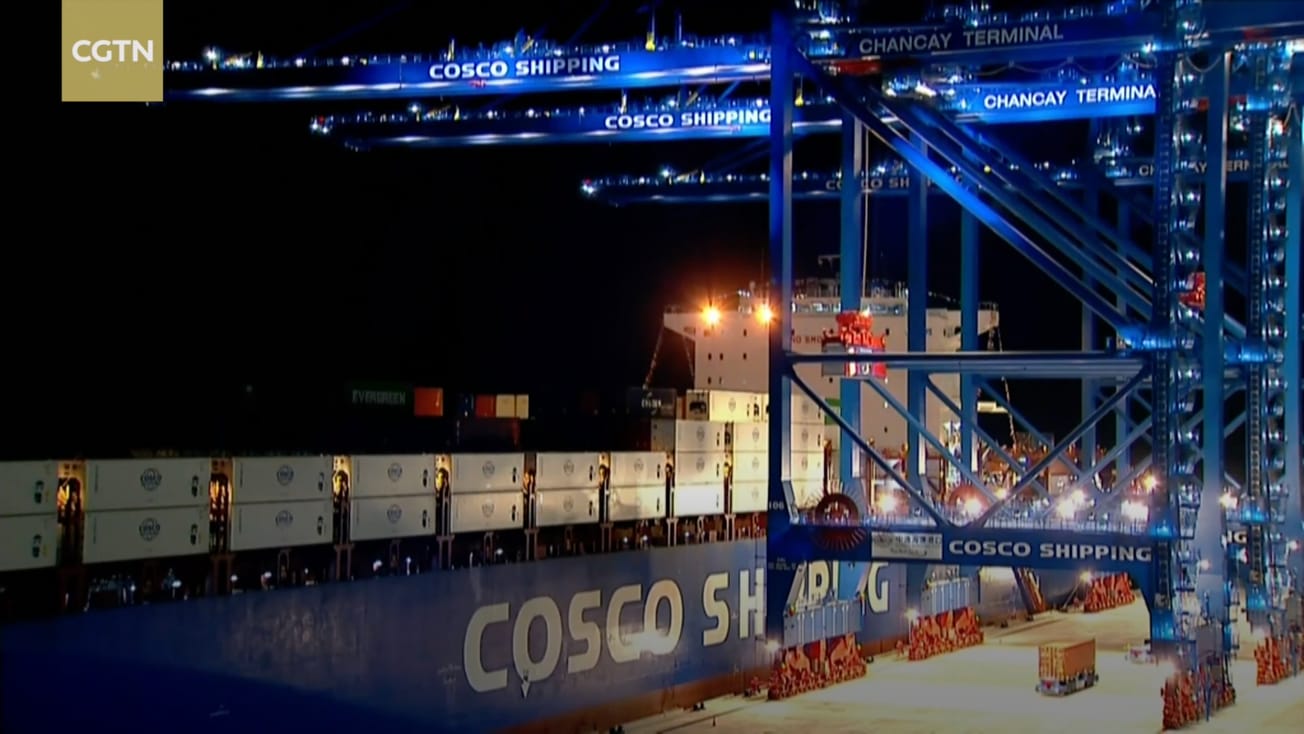Scott Ritter is among the very few military experts who’s always willing to say that the Russians are accomplishing exactly what they set out to do in the special military operation. In an interview with Sputnik Radio at the end of last week, he argued that the Ukrainian “advances” in the area of Rabotino will actually cause the further destruction of Ukrainian forces. “Rabotino was always meant to be part of the crumple zone in the fire element, defensive zone of the first line of defense. The purpose of Rabotino was to help break up the Ukrainian attacks, and it has done this magnificently,” said Ritter.
This, he said, is the product of a new Russian military doctrine now being implemented along the front, particularly in the Zaporozhye part of the front. “Russia always had a primarily defensive doctrine inherited from the Soviet times,” Ritter said. “But this new defensive doctrine that’s being implemented, especially in the Zaporozhye front, is the brainchild of Lt. Gen. Alexander Romanchuk, former deputy commander, I believe, of the 58th Combined Arms Army. He was sent to the Combined Arms Academy after participating in the early phases of the special military operation. While he was at the Combined Arms Academy, he rewrote Russian defensive doctrine and then he was brought out of the Combined Arms Academy and given a leadership position in the Zaporozhye front in the Rabotino area.”
In accordance with the doctrine, “the purpose of the forward defensive zone is to receive an enemy attack to help break it up, to use defensive belts, minefields, obstacles, what they call, ‘fire cauldrons’ or ‘sacks’ where you want to force the enemy to come in so you can hit them with artillery, to break up the attack, but not to hold and die,” explained Ritter. “That is, as the enemy presses forward, the idea is to minimize your own losses by withdrawing back to prepared positions and continuing to bring the enemy under increasing levels of firepower from the air, from artillery, from anti-tank guided missiles, etc., all the while bogging them down with minefields, other obstacles.”
Once Ukrainians achieve localized superiority, Russians will withdraw and continue to grind the enemy forces further, says Sputnik. The irony of the situation, according to Ritter, is that the first line of defense is meant to be broken by the Ukrainians, at a time and place, determined not by the Ukrainians, but by the Russians who’ve been shaping the battlefield from the outset of Kiev’s botched counteroffensive.
“Even if the Ukrainians have succeeded in penetrating the first line of Russia’s defense, this is done by design. This is not the final battle. They would still need to exploit this breach. Move on to the second line of defense where they’ll come under even increasing intensity of attack.” That is, even if the Ukrainian military takes a couple of villages here and there it does not mean any breakthrough, but rather a beginning of the end of Kiev’s counteroffensive.
The result of this is that the Ukrainians have already burned through their reserve force, the force that was supposed to be available to exploit the breakthroughs made by the initial attacking force, to drive on to Tokmak and then Melitopol. “The strategic reserve is being committed because the initial wave of the attack, the follow-on attack, have all failed to break through the defensive zone in front of the first line of defense,” Ritter said. Exhausted by struggling to overcome Russia’s defense lines, the Ukrainians will have no strength left to push on forward, said Ritter. “This is part of Alexander Romanchuk’s defensive concept, and it’s been executed perfectly by the Russians at Rabotino,” he stressed.





